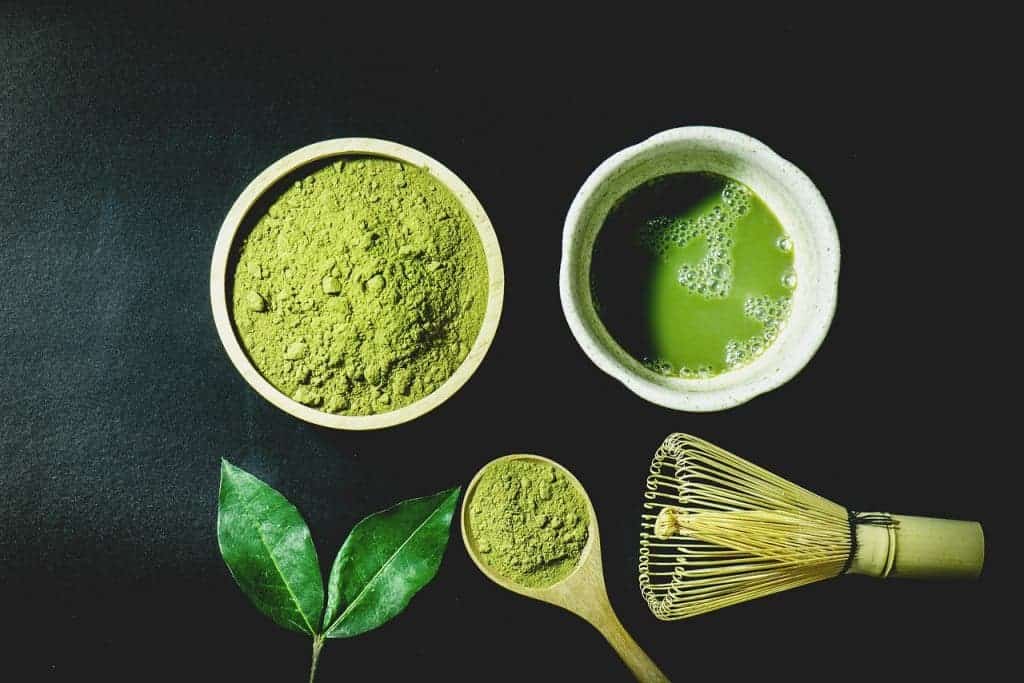
Matcha is a green tea powder made from specially grown and processed green tea leaves. It’s traditionally consumed in Japan and East Asia, where it is culturally valuable, but has become internationally cherished for its graceful but distinctive taste.
Matcha is also prepared differently from most teas. Unlike regular green tea, which is steeped, matcha powder is whisked into hot water to create a frothy drink.
Growing from its historical origin, matcha has become a bit of a modern craze. It’s not just tea anymore — matcha latte and other matcha-based drinks are already on many coffeehouse menus, but that’s just the start of it: there’s also matcha chocolate, matcha cakes, cosmetic products, and many more. In addition, matcha is also used in traditional Japanese cooking.
Matcha also has a reputation of being a healthy drink, and while its reputation surpasses the proven benefits, studies are starting to suggest that matcha really has health benefits.
Matcha basics
You could say that matcha is a type of ground green tea — it’s essentially correct, but it’s also missing a lot of what makes matcha… matcha.
The magic starts with Camellia sinensis, a humble shrub. You’d probably pass by without giving it a second thought, but wars were fought over this humble shrub. White tea, yellow tea, green tea, oolong, dark tea, and black tea are all harvested from this one plant, the differences come from how they are processed (for instance, green tea is processed to prevent oxidation and thus much lighter in color than black tea.).

Matcha also requires a special type of preparation. It starts with green tea leaves, but these are taken from plants that have been shade-grown for three to four weeks. During shaded growth, tea plants produce more theanine and caffeine, which give matcha its distinctive intense taste.
Growers start preparing matcha a few weeks before harvest. Tea bushes are covered to prevent direct sunlight and ensure shade. This slows down growth but encourages the plant to produce more chlorophyll and amino acids, especially theanine. From there on, only the finest buds are handpicked. The leaves are then rolled up before drying.
As the leaves are left to dry, they start to crumble and form what is known as tencha. Tencha is essentially the name for tea leaves used for matcha. Tencha can also be brewed; it produces a pale green, delicate, tea. However, brewing and drinking tencha is traditionally prohibited in the Japanese tea ceremony.
Next, the tencha is deveined and destemmed, and the remaining mass is ground to a fine, bright green, talc-like powder — matcha. It takes more than an hour to grind 100 grams of tencha into matcha, and then, the powder must be managed with complete care as it can very easily oxidize.
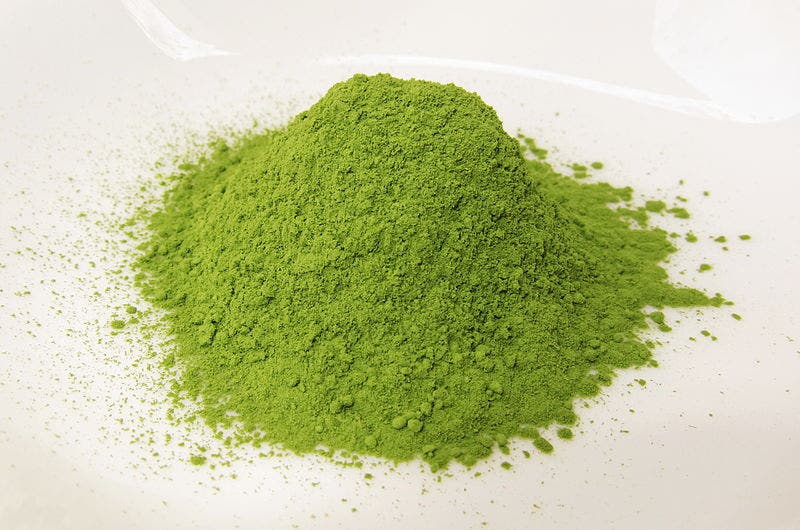
Matcha history
As the story goes, a 12th-century Japanese Zen priest studying in China’s Buddhist monasteries came back to Japan with a new way to prepare tea. The priest, called Eisai, had experience in growing, processing, and brewing green tea, but he was using a “beaten tea. Eisai was able to promote this new way of making tea, incorporating it into a Buddhist ritual.
The preparation method called “tencha” (点茶) involves placing powdered matcha into a bowl, adding hot water, and then whipping it all together. This is still pretty much the matcha preparation method used today, remaining unchanged for almost 1000 years.
Although matcha emerged in Buddhist monasteries in China, it became more popular in Japan — so much so that by the 13th century, it became a status symbol across the country, especially among the warrior class. The samurai, high-ranking warriors whose identity intertwined with Zen Buddhism, adopted matcha as their own. Over the next two centuries, this developed into the Japanese tea ceremony, a ceremonial ritual of preparing and drinking matcha, typically in a traditional tearoom with tatami floor. It remained an important ritual in Japanese culture, spreading to different social classes.
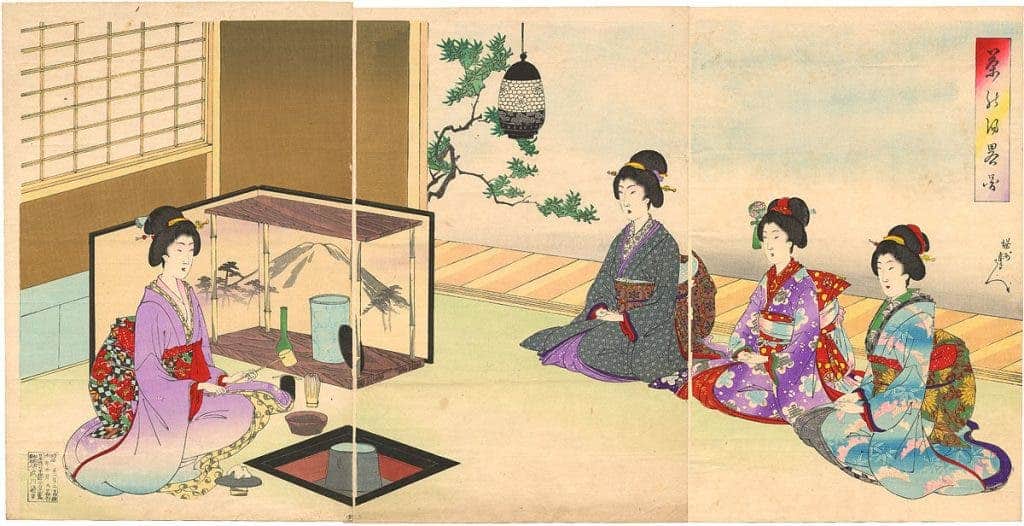
For centuries, matcha remained popular in Japan and some parts of China but didn’t really achieve international popularity until a few decades ago. But in recent years, a growing interest in powdered tea and matcha particularly has fuelled a resurgence of matcha growing.
Modern matcha
Because matcha isn’t steeped like other teas and instead it remains in suspension in the beverage, it can also be used in different types of drinks — like a latte, for instance.
Matcha tastes a bit bitter and has a distinctive leafy flavor. High-quality matcha can also be a bit creamy and even buttery, which make it a very good fit for latte-type drinks. Instead of using coffee, you use matcha, which is essentially concentrated green tea, so it also has a pick me up effect.

From here on, it was only a matter of time before matcha started making its way to other products, first in Japan and Asia, and then in the other parts of the world. First things like ice cream and boba tea, then cakes and chocolate, and then pretty much everything you can imagine.
Still, matcha is expensive compared to other teas, as producing it is such a complex and delicate process. There are also several grades of matcha quality, and the price can vary dramatically according to this range:
- Cooking grade — the “entry level” grade of matcha, good for smoothies, cakes, cooking, but traditionally, it wouldn’t have been accepted in the tea ceremony. Still, cooking grade matcha goes for up to $20-40 per 100 g.
- Premium grade — high-quality matcha green tea that contains young tea leaves from the top of the tea plant. It has a subtle flavor and can make a delicate, highly enjoyable tea. It goes for up to $80 per 100 g.
- Ceremonial grade — this is more of an unofficial grade, suited for the tea ceremony in Buddhist temples. It’s almost always ground by hand, with granite stones, and an unschooled drinker is unlikely to notice any substantial difference between ceremonial and premium grades, but the fine palette will know the difference. Can easily go for over $100 per 100 grams. In addition, chemical studies have shown that the contents of caffeine, free amino acids, theanine, and vitamin C tend to increase with price.
Matcha has witnessed a dramatic surge in popularity worldwide. It can be a bit of an acquired taste, but it’s definitely grown from a localized niche to an internationally popular flavor. Especially as, many say, matcha is healthy and good for you.

Health benefits of matcha
As always in nutrition, there are few straightforward answers. Still, there are some proven health benefits of matcha, and several small-scale or animal studies suggest that there may be other benefits we have yet to confirm.
Matcha is rich in catechins, a class of plant-based natural antioxidants. Antioxidants can help stabilize harmful free radicals, which can damage cells and lead to chronic disease. This, to an extent, is also true of other forms of tea, especially green and black tea. The difference with matcha is that you actually consume the plant as it is in suspension in your drink.
Think about it this way: brewing green tea is a bit like boiling a vegetable, then throwing away the vegetable and drinking the water; you get some nutrients, but throw much of it away. With matcha, you actually eat the ‘vegetable’ — you consume the plant that has the nutrients, so you get more of what it has to offer. According to one estimate, this make matcha have over 100 times more antioxidants than green tea, for instance.
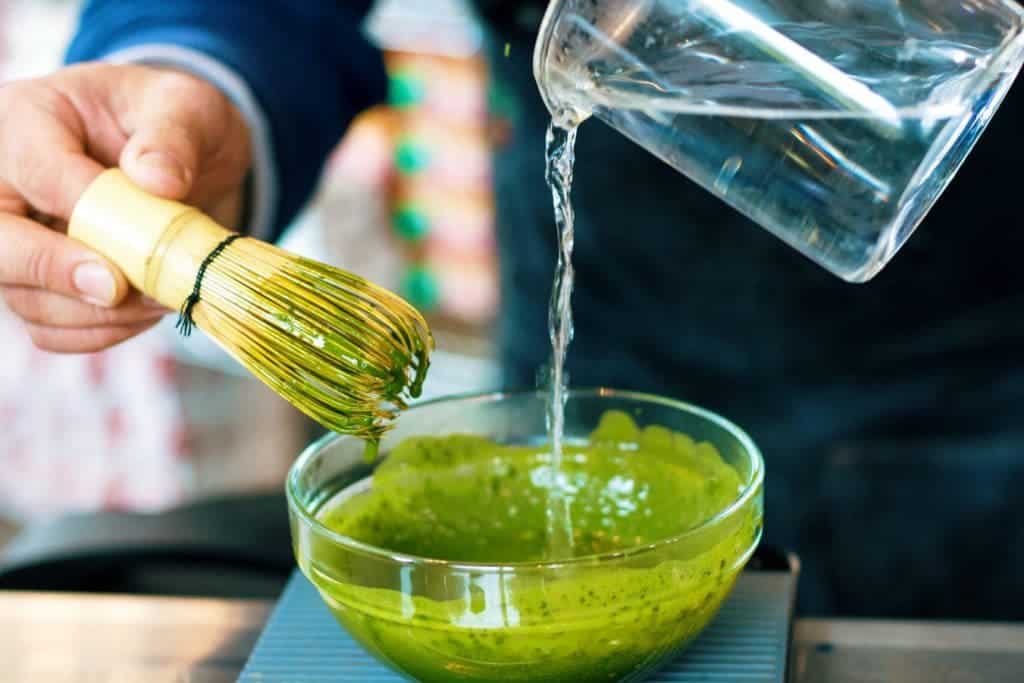
Studies on mice and humans suggest that antioxidants in matcha can help with cellular and vascular health. It is more a correlation than direct causation, but the evidence does seem to indicate benefits. A recent review of studies seemed to confirm these benefits, while still noting that more research is needed.
“Due to its potential for preventing many diseases and supporting cognitive function, regular consumption of matcha may have a positive effect on both physical and mental health.”
“It has promising potential health benefits, mainly through a high concentration of catechins. With regular consumption, it may support the body’s efforts to maintain health and prevent disease. Research into the effects of matcha drinking and its individual components in specific disease entities is still valid and needed.”
It’s not just the antioxidants, either.
Matcha also has high levels of theanine, which has been reported to raise levels of brain serotonin, dopamine, possibly produce improvements in specific memory and learning tasks. A recent study on mice found that matcha can help reduce anxiety and improve mental state.
“Although further epidemiological research is necessary, the results of our study show that Matcha, which has been used as a medicinal agent for many years, may be quite beneficial to the human body,” said study leader, Dr. Yuki Kurauchi. “We hope that our research into matcha can lead to health benefits worldwide.”
A 2017 study on 20 adult humans found that consuming 200 milligrams (mg) of L-theanine improved cognition and selective attention, an effect that was stronger in combination with caffeine. Another small study found that 2 grams of matcha daily for 2 months helped improve cognitive function in older adults. Matcha was also found to improve metabolism and burning fats in particular.
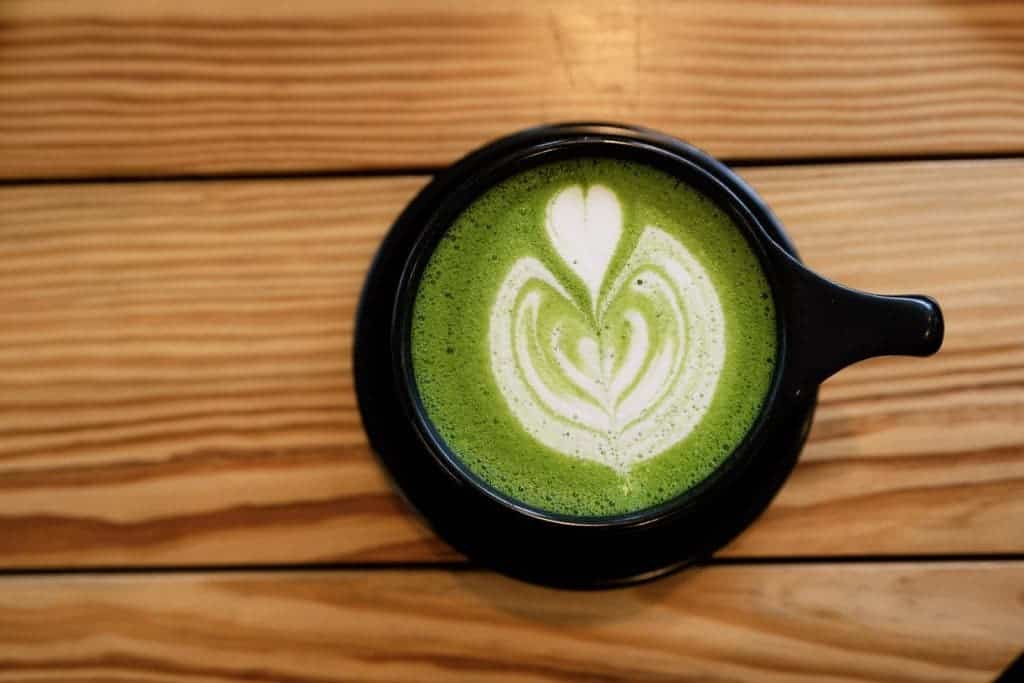
Another touted benefit of matcha is its anti-cancer protection. Here, human studies are scarce, but lab tests and mice tests suggest that it can offer some protective effect against cancer, but larger human trials are necessary to know for sure.
Matcha is packed with healthy nutrients, and while not all its purported health effects may be true, it’s one of the healthiest things you can drink. However, there have been concerns that matcha (and green tea in general) can absorb lead.
This does not seem to be a reason for concern, at least when it comes to matcha. Testing by ConsumerLab has found matcha to be “virtually free of contamination with heavy metals (lead, arsenic, and cadmium) and pesticide”. The same report calls matcha a “better form of green tea” — and judging by what we know about it so far, that seems to be the case.
From an ascetic, ritualistic drink to an international craze, matcha has had quite the journey — and it’s just beginning.






